There’s no doubt that core training can provide many benefits, including improved aesthetic appearance and reduced low-back soreness, which is why many people make it a priority to incorporate core exercises into their fitness regimen. But do you know if the exercises that you’re doing to strengthen your core are the most effective?
There are a number of different ways to strengthen the muscles involved with stabilizing or moving the core, but the most effective exercises are the ones that train the core muscles when the body is standing up in a vertical position. Lying down for core training does not fully engage the muscles of the hips, abdominals and low-back and can lead to muscles imbalances that could eventually cause injury.
It’s important to understand that the musculoskeletal structure of the human body is designed to operate most effectively when standing upright while reacting to the forces caused by gravity and ground reaction. The body is designed to function most efficiently while using gait, either walking or running, as the primary means of locomotion.
If we can understand how core muscles function during gait, then we can develop an understanding of how to strengthen them properly. During the gait cycle, the pelvis rotates as each leg swings forward, while the thoracic spine rotates in the opposite direction in reaction to the motion of the arms. When the right arm swings forward, the left arms swings backward, causing the rib cage to rotate to the left on the thoracic spine. At the same time, the left leg is swinging forward while the right is moving back into extension, causing the pelvis to rotate to the right.
The muscles of the core are designed to facilitate these actions, making them smooth and efficient. Based on its design, the function of the core is to use the forces created by gravity and ground reaction to create forward motion while walking. That’s right—the actual purpose of our core muscles is to work effectively and efficiently while the body is standing in an upright, vertical position.
Now that you understand how the trunk rotates over the pelvis, does lying on the ground to do a typical crunch in a single plane of motion look like the most effective way to enhance core strength? Probably not.
Effective core training requires using exercises that integrate the hips, trunk and shoulders to efficiently distribute the forces (gravity, ground reaction and momentum) responsible for producing upright movement.
That said, it is necessary to do some ground based exercises to create core stability. Once that is achieved in the initial stages of a program [such as during the stability and mobility phase of the ACE Integrated Fitness Training (ACE IFT) Model, however, it is time to increase the challenge to improve overall strength. This can be accomplished by progressing the program to emphasize upright movement patterns and dynamic balance (the center of gravity moving over an unstable base of support).
Here are some of my favorite core exercises:
To improve core stability, these exercises could either be done on their own, or used as a part of an integrated warm-up.
Bird-dog
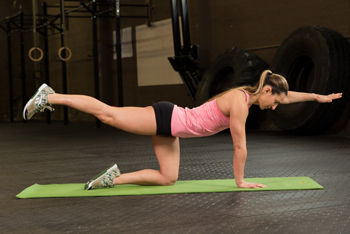
Front plank
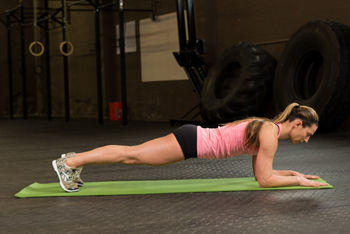
Side plank
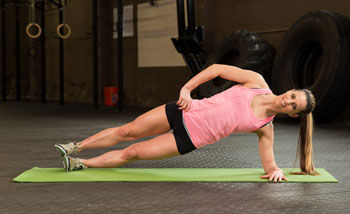
Glute bridge
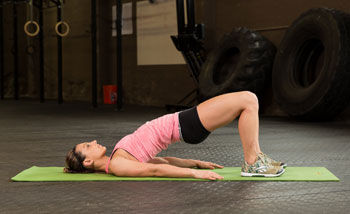
The following exercises are effective for improving integrated core strength and dynamic balance:
Medicine ball chops and lifts

Glute activation lunges
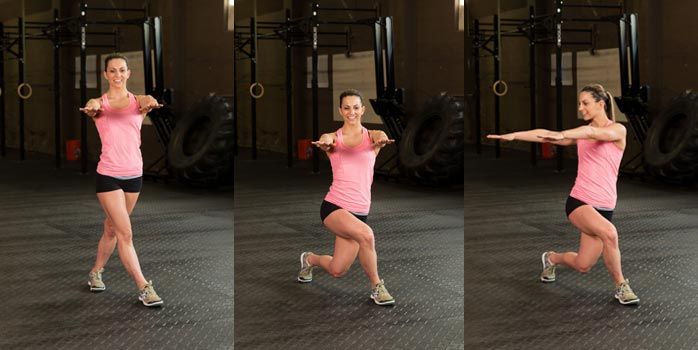
Lunge with rotation
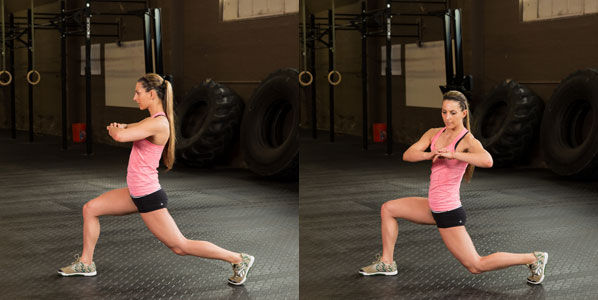




 by
by 







 by
by